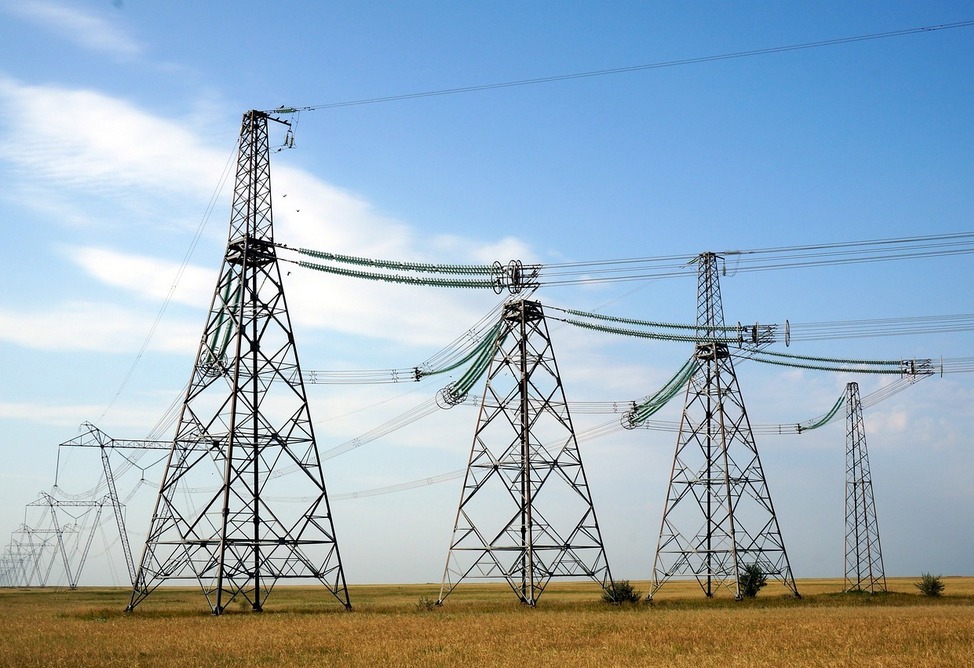China’s lavishness may trigger another recession
13.10.2015,
12:35
In the last decades, China has become an investment center for developing economies, according Vestifinance.ru.

YEREVAN, October 13. /ARKA/. In the last decades, China has become an investment center for developing economies, according Vestifinance.ru.
Chinese authorities were especially willing in lending money for large projects in Latin America also with assuming some risks sometimes.
So, the projects that seemed extremely risky to American and European investors were being successfully implemented thanks to financial resources received from Beijing.
Carmen Reinhart, a professor at Harvard Kennedy School, is quoted by Vestifinance.ru as saying in her article on Project Syndicate that China's lavishness may trigger a new global financial crisis.
There is no such thing as two financial crises alike, but, as a rule, they all have common symptoms that make it possible to forecast them – a significant slowdown in economic growth, collapse of price bubbles at asset markets, the widening current account and budget deficit, high debt ratio, the dwindling inflow of capital and even its outflow.
All these symptoms are visible now in developing countries to different extents.
The year 2013 has become a turning point – the imminent increase of key rate by the U.S. Federal Reserve and the fall in world prices for raw materials put an end to capital inflow boom, which was fueling economic growth in developing countries throughout several years.
The recent slowdown in China's economic growth has intensified turbulence at world capital markets and has driven crude material prices down aggravating economic decline in developing countries.
These problems are sticky, but they are at least visible. However, there may be another symptom of imminent crisis in developing economies, hidden debts, and it is more difficult to find out and gauge them.
Sometimes connected with corruption, these shady debts are not shown in balances and standard databases. Their particular characteristics, as well as players who take part in their creation, are changing from crisis to crisis. As a result, very often these debts remained invisible until it is too late.
The question is where developing countries' shady debts are hidden. Unfortunately, there are some obstacles hindering their detection.
First, the financial transactions China has made with other developing countries in the last decade are not transparent.
In the infrastructural boom era inside the country, China financed big projects, mostly mining, energy and infrastructural, in other developing countries. As a rule, the loans were extended in US dollars, and therefore they create monetary risks widening vulnerability zone in developing countries' balances.
But it is not known how much China has lent to other countries, since many loans have been extended by Chinese development banks which are not included in statistical reports of the Bank for International Settlements (the main world source of such information).
Besides, these loans rarely appeared as securities at international capital markets. That is why information about them doesn't appear in database of the World Bank, for example. But even when some figures exist, they should be taken with reserve.
It is not ruled out that actual expenses could be less than the projected spending, and it means that countries' debts to China may be smaller than reported.
On the other hand, and it seems more probable, some projects, lenders and borrowers might be omitted in these statistical reports. It means debts might be far larger.
More than that – other types of lending, for example trade financing, which is short-term as a rule, are not taken into account in statistical reports.
It should be correct to include currency swap agreements, which are so important to Brazil and Argentina, in the list. (By the way, this shows the importance of looking trough net, not gross monetary reserves).
As a whole, although developing countries' debt burden seems not so hard by historical standards, this is not ruled out that the burden is underestimated.
If so, amounts of the capital flowing outside developing countries now are maybe far larger than estimated.
Potentially, they are large enough to spark a new crisis. In this context, monitoring of changing financial ties and shady dealings is now becoming more important than before. --0----
Chinese authorities were especially willing in lending money for large projects in Latin America also with assuming some risks sometimes.
So, the projects that seemed extremely risky to American and European investors were being successfully implemented thanks to financial resources received from Beijing.
Carmen Reinhart, a professor at Harvard Kennedy School, is quoted by Vestifinance.ru as saying in her article on Project Syndicate that China's lavishness may trigger a new global financial crisis.
There is no such thing as two financial crises alike, but, as a rule, they all have common symptoms that make it possible to forecast them – a significant slowdown in economic growth, collapse of price bubbles at asset markets, the widening current account and budget deficit, high debt ratio, the dwindling inflow of capital and even its outflow.
All these symptoms are visible now in developing countries to different extents.
The year 2013 has become a turning point – the imminent increase of key rate by the U.S. Federal Reserve and the fall in world prices for raw materials put an end to capital inflow boom, which was fueling economic growth in developing countries throughout several years.
The recent slowdown in China's economic growth has intensified turbulence at world capital markets and has driven crude material prices down aggravating economic decline in developing countries.
These problems are sticky, but they are at least visible. However, there may be another symptom of imminent crisis in developing economies, hidden debts, and it is more difficult to find out and gauge them.
Sometimes connected with corruption, these shady debts are not shown in balances and standard databases. Their particular characteristics, as well as players who take part in their creation, are changing from crisis to crisis. As a result, very often these debts remained invisible until it is too late.
The question is where developing countries' shady debts are hidden. Unfortunately, there are some obstacles hindering their detection.
First, the financial transactions China has made with other developing countries in the last decade are not transparent.
In the infrastructural boom era inside the country, China financed big projects, mostly mining, energy and infrastructural, in other developing countries. As a rule, the loans were extended in US dollars, and therefore they create monetary risks widening vulnerability zone in developing countries' balances.
But it is not known how much China has lent to other countries, since many loans have been extended by Chinese development banks which are not included in statistical reports of the Bank for International Settlements (the main world source of such information).
Besides, these loans rarely appeared as securities at international capital markets. That is why information about them doesn't appear in database of the World Bank, for example. But even when some figures exist, they should be taken with reserve.
It is not ruled out that actual expenses could be less than the projected spending, and it means that countries' debts to China may be smaller than reported.
On the other hand, and it seems more probable, some projects, lenders and borrowers might be omitted in these statistical reports. It means debts might be far larger.
More than that – other types of lending, for example trade financing, which is short-term as a rule, are not taken into account in statistical reports.
It should be correct to include currency swap agreements, which are so important to Brazil and Argentina, in the list. (By the way, this shows the importance of looking trough net, not gross monetary reserves).
As a whole, although developing countries' debt burden seems not so hard by historical standards, this is not ruled out that the burden is underestimated.
If so, amounts of the capital flowing outside developing countries now are maybe far larger than estimated.
Potentially, they are large enough to spark a new crisis. In this context, monitoring of changing financial ties and shady dealings is now becoming more important than before. --0----



